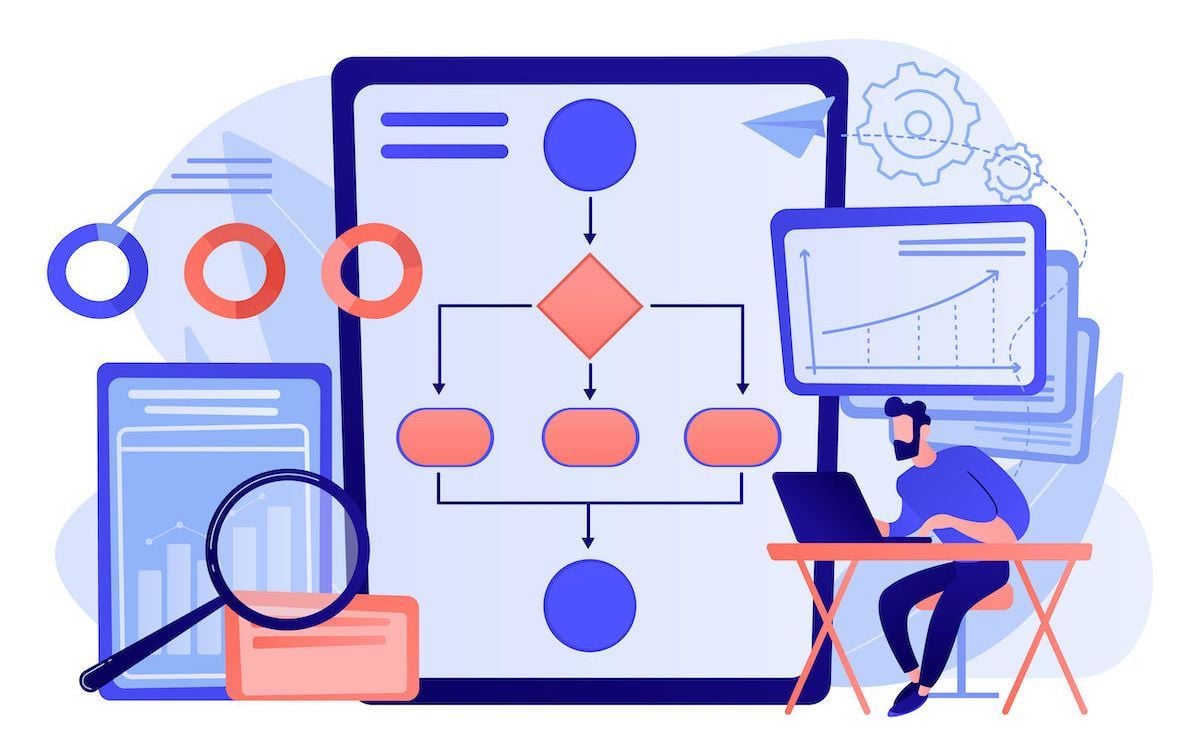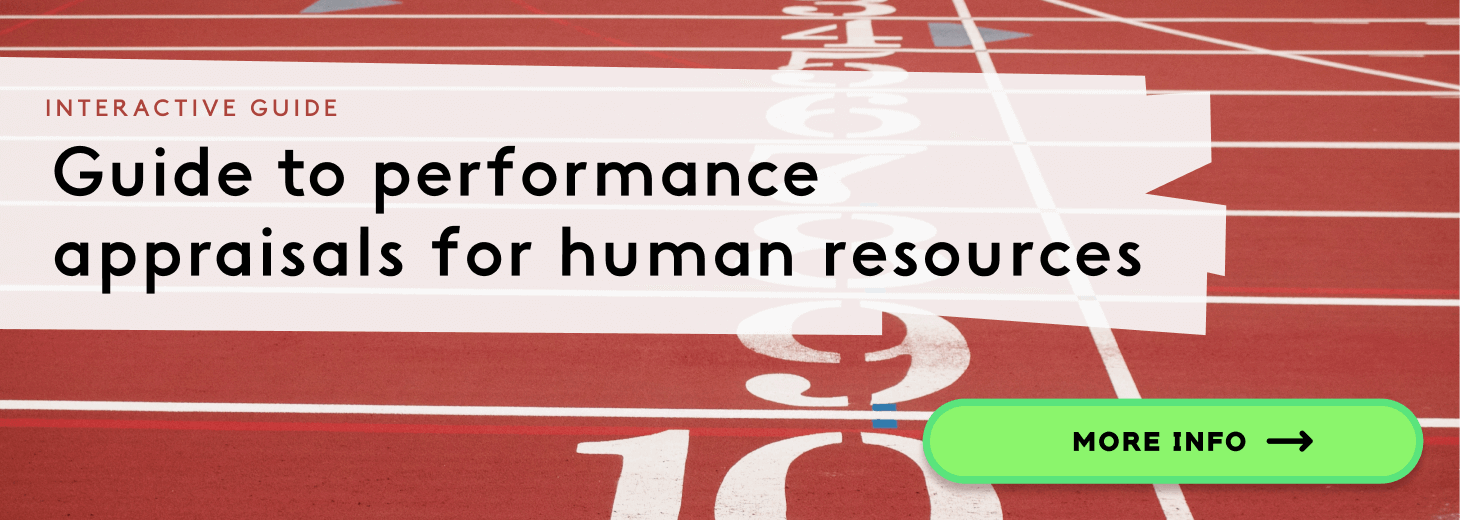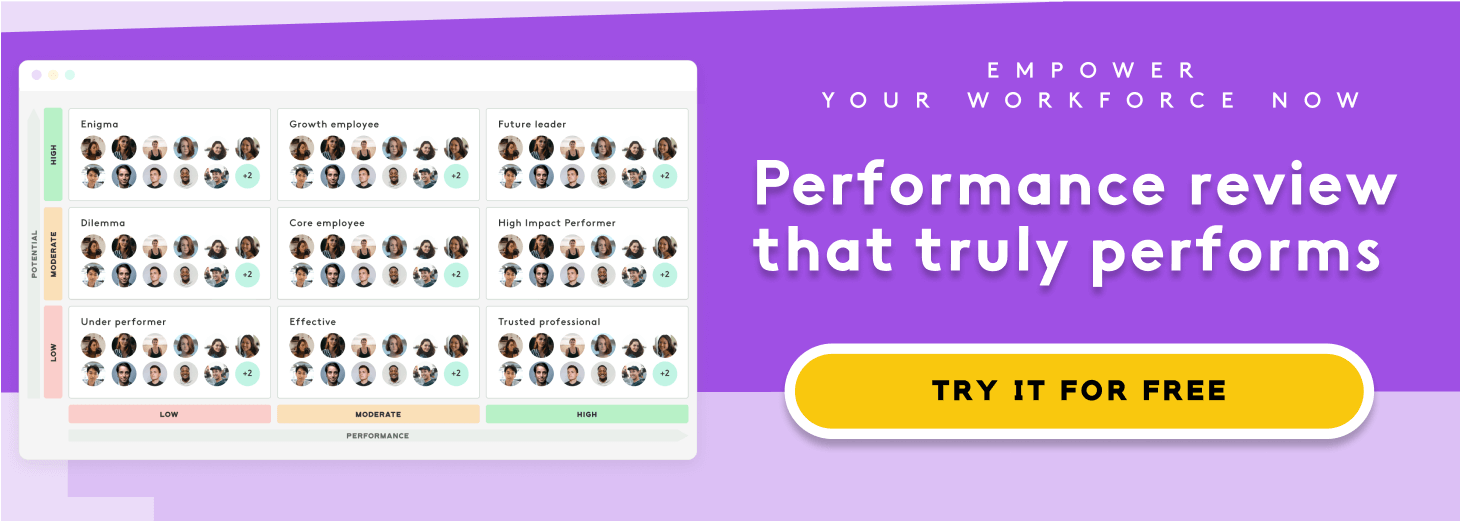What is a performance review self-assessment

A performance review self-assessment is part of any employee appraisal. It’s where employees grade themselves and reflect on their contribution to the company. What advantages does this offer? It gives the HR team extra information, and the professionals themselves become self-aware and analyse their performance.
Below, we explain how it works and the benefits it offers for both companies and employees.
How does a self evaluation work?
The employee completes the performance review self-assessment by following specific pre-established indicators and parameters to evaluate their own work. The overall objective is that the person becomes aware of their own performance, their potential and their weaknesses. This encourages them to redefine their commitment to the company in line with its mission and goals.
In other words, the self-assessment enables the employee to reflect and do a critique of their own work. And as they do this alone, it also helps them prepare for the feedback to come from the rest of their team.
The performance review self-assessment is usually used as a supplement or preparatory step before the appraisal by the other professionals who work alongside them every day.
This not only helps the employees to form an opinion about themselves but also to provide valuable information that contributes to the improvement and personalisation of the organisation's HR processes.
Benefits of performance review self evaluation
The self-assessment gives the employee the chance to show their bosses that they take their work seriously and are willing to improve. Reflecting and analysing their work can prove to be an interesting and beneficial experience.
These are some of the advantages offered by a performance review self-assessment:
- Boosts independence and development: employees reflect independently about their career and become aware of their weaknesses and areas for improvement.
- Helps to remember and celebrate their achievements: Self-assessments provide an opportunity to recognise successes and the value they bring to the company.
- Enables them to identify differences of opinion: when an employee forms an opinion, it allows them to spot discrepancies more easily in the feedback they receive from others in the organisation.
- Improves relationships: communication builds trust, understanding and can sometimes help people to work better in the future.
- Boosts concentration and the achievement of objectives: if the employee is held accountable for their successes and challenges throughout the year, they will be much more focused on their work and goals.
Self Evaluation Template
To help you and your employees with their next self evaluation, we've created this self evaluation template that you can download for free. With this template, you and your employees will be able to prepare themselves in no time for their next performance review - with the added benefit that all your future self evaluations will be consistent in style and form. If you do have any additional questions that you would like to add to our template, you are of course more than welcome to modify it.
Tips for carrying out a performance review self-assessment
Giving employees the appropriate tools and guidelines is essential for an effective self-assessment. While some employees will easily remember their achievements, or have the ability to self-assess and identify the areas they need to improve, others will likely need more support.
Creating a written script or questionnaire can help company employees enormously in doing a comprehensive self-assessment. Indeed recommends six things to bear in mind in this respect:
1. Answers must be specific
Employees must provide exact data and figures wherever possible. Vague comments such as "I hit my sales target" doesn't offer precise information about their performance.
In cases like this, use data and metrics that have been key to the development of the team or department they work for, and they should also be related to company objectives, if possible.
2. It takes time to complete a self-assessment
HR managers should offer employees enough time to do self-assessment. The delivery date and the topics included must be communicated clearly several weeks beforehand.
This way, professionals will have enough time to gather information, examples and go over everything before delivering—most self-assessments take several days to complete.
3. Revisit the job description
If the employee is unsure exactly which aspects of themselves, they should be evaluating, looking back over their job description is a good place to start. It will help them to assess which areas they have excelled, the skills they have improved and the areas in which they still need to grow and develop.
4. Take the company’s objectives into account
Showing how their efforts and achievements have contributed to company objectives is essential to help employees transmit the value they bring. This is particularly relevant to those who wish to get a promotion or a salary increase.
5. Introduce the STAR method
Suggest to employees that they use the STAR method when completing their self-assessment, to show the impact of their work. They should briefly describe
- the situation
- or task in question,
- the action they took
- and the results they achieved.
This framework gives them a structure for the self-assessment in which they highlight their actions and achievements.
6. Always talk about the next steps
While much of the self-assessment involves looking at past actions, it’s also essential to look to the future and set new objectives. Employees should conclude their reflection by explaining:
- How they’ll harness their strengths to improve results for both their team and the company.
- How they are going to improve and overcome their weaknesses.
.jpg?width=800&name=man-2037255_1280%20(1).jpg)
Image by Elias Sch. - Pixabay
Performance review
As we mentioned earlier, a self-evaluation is just one method used in performance reviews. When appraisal time comes around, we ask the employee to reflect on their own performance as a preparatory phase and the information is added to other forms of feedback.
Self evaluation vs 180º feedback
The 180º feedback method is one where the person under review receives feedback from their manager, members of their team and clients, if applicable. They must all have worked closely with the employee in question so that they can objectively and fairly comment on their professional skills.
It’s a fascinating method that complements the self-assessment, as the employee’s point of view adds a new and interesting perspective on everything if there are discrepancies in the results obtained.
The difference between them lies in the fact that only the employee takes part in the self-evaluation, and the people working closely with them take part in the 180º feedback.
Self-assessment vs 270º feedback
Also known as the upward review, the 270º feedback method is where the employee gives their opinion about their line manager. Or rather, they evaluate the work of their immediate superior.
The aim is to help leaders to improve and bridge the gap between themselves and their subordinates. For this to happen, the feedback must be constructive and respectful.
The difference between this and the self-assessment is that, in the former, the person under evaluation is the employee's line manager.
Self evaluation vs 360º feedback
Lastly, the 360º feedback method is where managers, teammates, clients and suppliers are involved. In other words, everyone who is in contact with the employee, regardless of whether they work for the same organisation.
The main advantage of the 360º feedback method is in the range of opinions and different points of view, as it allows you to get a pretty good idea about someone’s work. If you take this, and the employee’s self-assessment into account, the human resources team will have all the necessary information to measure a person’s performance.
Aspects of positive self-concept in a performance review self evaluation
As Deborah Delhanty explains (article in Spanish), self-evaluation depends heavily upon how the employee feels about themselves. In other words, their self-concept. This term has several meanings, including each person’s sense of worth, thoughts, feelings, sensations and personal characteristics. As Deborah says herself “a summary of the set of knowledge and attitudes that each of us has about ourselves.”
In human resources, a positive self-concept of oneself can provide a source of inspiration and growth, both for the individual and the company. The following aspects can indicate a pattern of positive self-concept:
- Independence: the way we carry out our work, organise our time and seek help.
- Responsibility: acting quickly and spontaneously is a sign of self-confidence.
- Facing new challenges: showing interest in new tasks that require us to learn new skills and knowledge.
- Taking pride in our achievements: satisfaction in completing the tasks assigned to us.
- Emotional freedom and criteria: respectfully and spontaneously expressing our emotions and opinions.
- Handling disappointments and mistakes appropriately: being able to deal with frustrations and take the positives from negative experiences.
- The ability to relate to and positively influence others: positive self-assurance that we have a positive effect on those we are in contact with.
We can measure all these aspects through a questionnaire and evaluate the information through statistical methods.
In conclusion, self-evaluation is an integral part of a performance review as it highlights the employee's point of view and helps us to compare opinions.


